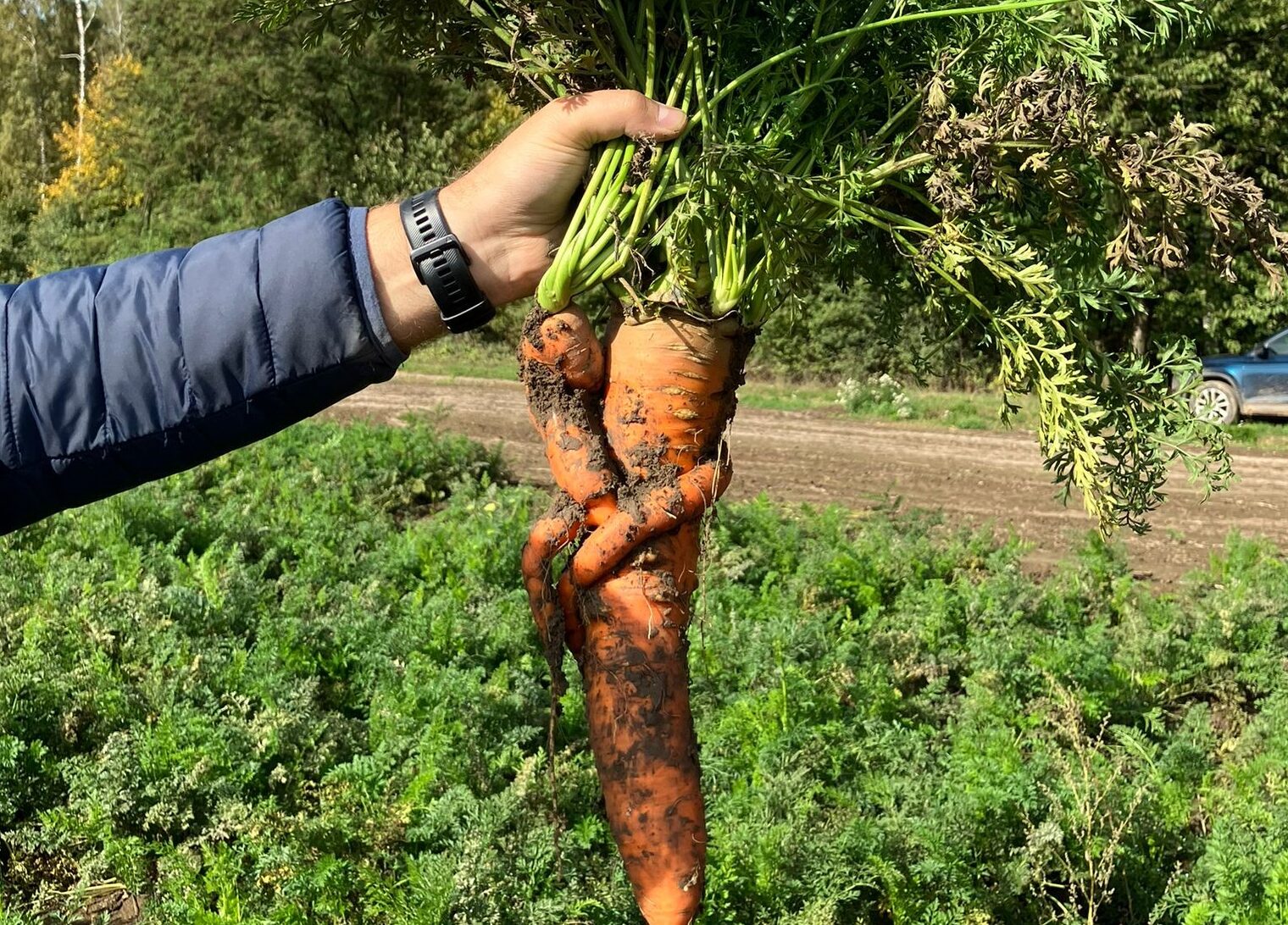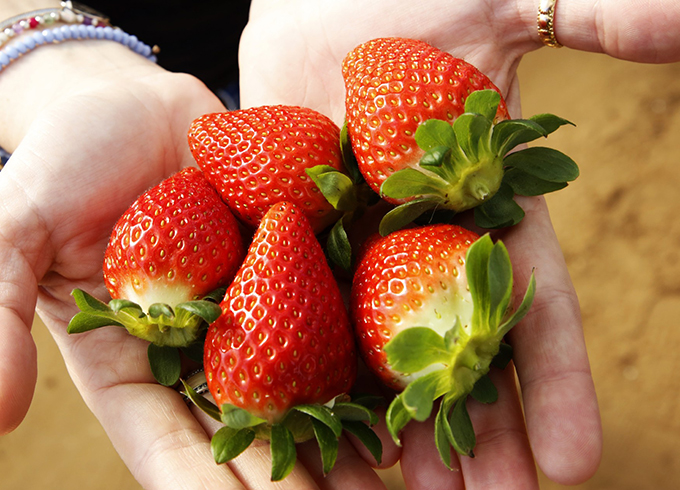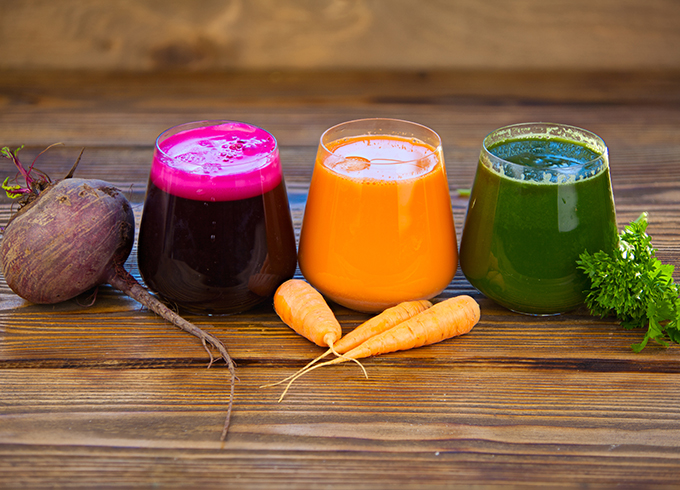The art of ingredients: understanding the ‘craft movement’

From its beginnings in the ‘craft beer’ trend to today’s dizzying array of rustic, ‘handcrafted’ products, the artisanal food and beverage looks like it’s here to stay. In its origins term ‘craft’ referred to food and drinks that had been carefully hand-prepared using high-quality ingredients. However, today, the artisan food movement encompasses several key aspects: from the move towards more sustainably sourced produce, to the backlash against artificial colours and flavourings.[1] With reports suggesting that artisanal food and beverage product launches have seen a CAGR increase of 28% percent globally over the past five years, it’s clear that there’s consumer demand, but what is it that is so appealing about this trend and what lessons can more established producers take from their craftier counterparts? [2]
Naturally healthy
For many consumers, the most attractive element of artisan products is their claims to all-natural healthy, goodness. With small, minimally processed batches being produced for sale locally, craft products usually have coarser textures and contain no preservatives, colourants or artificial flavourings when compared with mass-produced offerings which are expected to last on supermarket shelves. this natural approach is also a matter of preference and principle for many producers. Larger producers can tap into this demand for ‘home-grown’, healthy products by choosing high-quality, 100% natural ingredients and where possible removing additives and nasties to help simplify their formulations and reassure customers.
Smart, sustainable sourcing
Another major draw of artisan brands is their commitment to protecting the environment. Though not true of every company, many craft producers not only offer 100% natural options, but also prioritise organic, traceable and sustainable methods of production and sourcing. Some premium juice producers for example pride themselves on working directly with farmers they ‘know’ to ensure complete supply chain visibility and that suppliers are offered a fair price for their produce. Here again more established brands can take a leaf out of the craft producers’ book and do more to ensure that they take steps to help protect the environment, and crucially communicate this to consumers. A simple and effective way to improve the sustainability of a product is to choose a supplier that can demonstrate accountability to protect both the planet and the livelihood of its suppliers.
Care and authenticity
A final factor which draws people to craft producers is care. For many people, artisan food and beverage production is not just a job but a passion project: a hobby or second career. This attention to detail, passion and enthusiasm for food and drink is incredibly appealing to consumers. At the same time, buying a craft product gives the opportunity to support smaller producers and creates a sense of community. Larger brands can learn from the passion of craft producers by creating exciting texture, taste and visual experiences for their customers and by taking care of the people behind the ingredients. By selecting the right ingredients and taking care in how they are used, even large brands can evoke the authentic feel homemade food and drink.
Want to get closer to an authentic artisan feel in your products? Our delicious new chunky purees are the minimally processed, sustainably sourced and 100% natural solution to your next NPD project. Click here [link to chunky puree blog] to discover more about the new range.
[1] Liberty Voice, Craft Food and Drink: The Movement, 2014, https://guardianlv.com/2014/08/craft-food-and-drink-the-movement/
[2] Food Ingredients First, Authentic and artisanal: Craft food and beverages, August 2018, https://www.foodingredientsfirst.com/key-trends/1-titos-handmade-vodka-india/Authentic-and-artisanal-Craft-food-and-beverages.html


